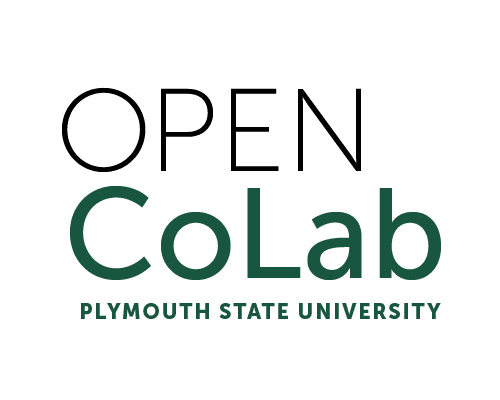

Design Forward
An emergent exploration of critical instructional design.
Design Forward
Portfolio Part: Making Connections
Your Teaching Origins
Making Connections
Step One
In the boxes below, Name those things/people/experiences that have shaped your approach to teaching. Describe their Influence. Add as many as you would like.
In the Rank column, try to rank your influences (as best as you can), where the lowest number means the greatest amount of influence.
| Name | Influence | Rank |
|---|---|---|
| Michelle Kelso / Flamenco and Roma | Freedom to Choose | First |
Step Two
Choose three influences you identified and write three paragraphs about the impact they had on your teaching.
Paragraph 1: Identify specific ways in which these influences can be seen in your teaching.
Paragraph 2: Discuss whether you feel like that overall impact has been positive or negative.
Paragraph 3: Imagine your future teaching self and write how you would like to further integrate or eliminate these influences.
Example One: I want to connect a thread of discussion in the course Ultimate Questions with an illustration from past teaching. In a human rights course decades ago I mentioned to a student in conversation that I had studied the Roma in an anthropology course, which I found deeply interesting through my study of flamenco dance. I first heard the music in an ethnomusicology class and learned that it had survived and developed through centuries of persecution as the Roma migrated from northwestern India across Europe and the Middle East. They preserved the rhythms of ancient India and wove together strands of others’ traditions, synthesized along the way, into an intricate collection of songs, passed on by a master of the ancient forms to generations of students. Some of the songs are profoundly sad because they embody the suffering-turned-into-beauty that sustained the Roma for some 900 years and that sustain them still, as the prejudice continues. Learning the Rhythms of Survival: https://youtu.be/nkaV-ANUosw
My former student decided, after our impromptu conversation about human rights and Roma, to choose that as her final project topic. For some reason, the subject deeply appealed to Michelle, even to my surprise; I never imagined where it might lead her. After she graduated from college, she applied for a fellowship to study the Roma in Romania, learned several dialects of Romany there, and spent much time with the people. She met a videographer during her fellowship; he became her husband. Together they created a film on the Roma Holocaust survivors and petitioned the Swiss government for reparations on their behalf; the survivors received over a million dollars.
I mention this influence because it impressed upon me that one never knows where a teaching experience might lead. That’s when teaching is the most rewarding for me – observing and delighting in how students create their own unique ways forward. The open ended future of learning-and-teaching is inspiring and often surprising. Leaving the door wide open for students to make their own choices, strategies, connections, etc. is the most important value to me in education.
